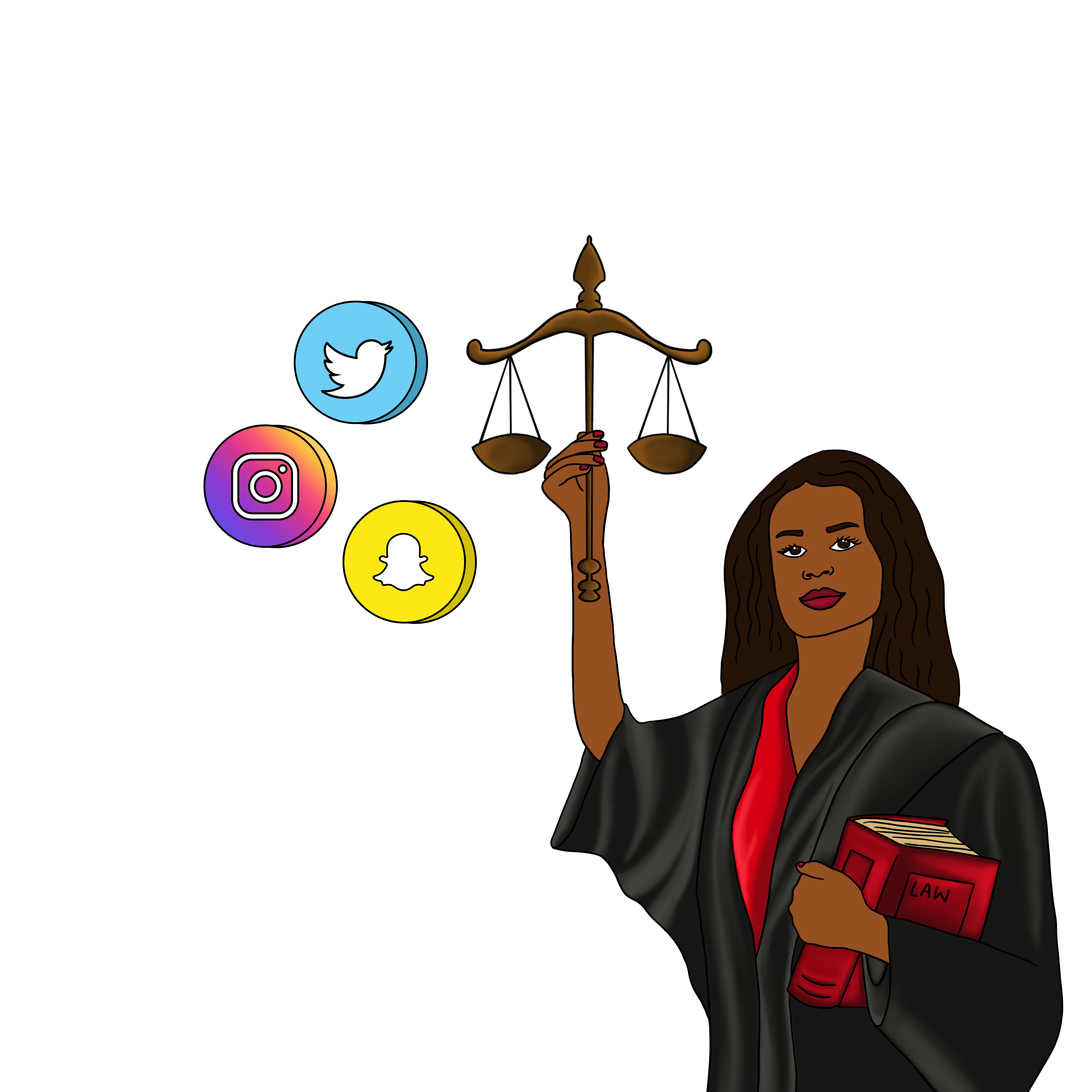THIS BLOG HAS BEEN WRITTEN BY UMAIMA AHMED , MEMBER OF DRF’S NETWORK OF WOMEN JOURNALISTS FOR DIGITAL RIGHTS.
Media’s gender sensitization- need of the hour!
The theme for 2019’s 16 Days of Activism Against Gender-Based Violence was, ‘Stand Against Rape.’ This initiative by UN Women is an important reminder for all of us to think about issues revolving around gender based violence and how they are presented in the media and general discourse. This is a pertinent need, especially in Pakistan.
In Pakistan, this and many other cases of violence and harassment against women and vulnerable segments of society remained in the news. From children to women being kidnapped, raped and killed, to rape in hospitals; harassment from market places to offices, and educational institutions; acid attack’s to torture and killed in the name of honor, the year has been a painful one to live through.
As 2019 came to an end, the case of Dua Mangi’s kidnapping caught attention due to electronic and social media coverage. The patriarchal mindset and inhumane behavior was evident in this case, where her friend Haris Sohail’s pictures were released everywhere as was their CCTV footage. Of all the viral pictures one picture, which showed her off the shoulder shirt, was used to identify her. The media narrative revolved around this picture and the CCTV footage showing them holding hands while walking. In print media, quotation marks were used to identify Haris as a friend; one headline read ‘Kidnappers picked Dua after seeing her dressing’ which was not only insensitive but sensational also. While this was condemned by many, others passed rude remarks and others went to the extent of character assassination. Some even applauded the unknown culprits.
The unfortunate part of all this today is that we are living in a period where we find it difficult to build relationships around us. Apart from immediate family members, having friends of the opposite sex is almost a taboo in society. The result of these restrictions result in complications when it comes to penning down news. Dua Mangi’s case is a classic example of how the media lacks the vocabulary to create stories around such issues keeping in view the current societal norms and emerging culture in Pakistan.
Every time cases of kidnapping, rape or “Me Too” surface, women are usually made to look like the culprits, rather than garnering support for their cases. If they are raped or kidnapped, the media hounds the victim, her pictures are used everywhere, her family is questioned and no media ethics are used. In another case, a woman was shot dead in Ghalib Market, Lahore. Soon after her death, her pictures and CNIC details were being flashed on TV and later, the alleged culprit’s picture was displayed too. This is a sheer violation of media ethics.
Apart from gender based violence, electronic and social media also had to deal with the MeToo movement. From celebrities like Meesha Shafi and Jami Moor, to Muhammad Afzal Mehmood (lecturer of English Literature in a College in Lahore), many ordinary people were part of the MeToo movement. There were clearly issues in how the media portrayed the movement and how cases were presented to the general public. A lot of the times we saw either the movement get maligned or the people who spoke up. This attitude shown by the media was also visible in the entertainment industry when known directors, like Khalil ur Rehman Qamar mocked the movement openly on live TV.
The main reason for media ethics not being followed is lack of sensitization of journalists on such issues, and media houses aiming for rankings to get ahead of one another. In this competition to get exclusivity over ‘breaking news’ the privacy of the person is ignored.
It is time that print and electronic and print media journalists are sensitized about Gender Based Violence and the MeToo movement. It is also high time that they take the learnings from the ‘16 Days of Activism’ and use them to inform how they report on stories regarding violence, rape and harassment. Reporting needs to shift its focus on the victim and on the story, in the sense that it gets the most facts out to the public and that it represents the case in the fairest light.





